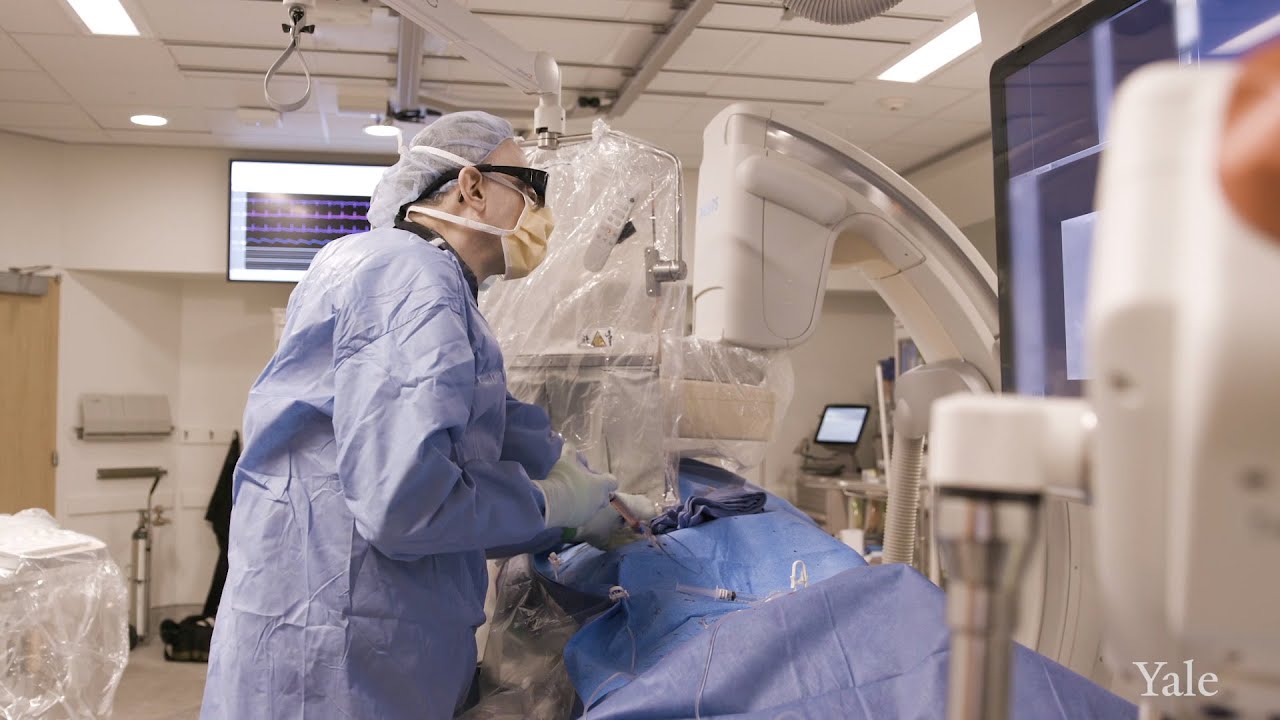Ovarian cysts grow in the ovary and can be either benign or malignant. A lot of those who have Garden City ovarian cysts don’t have symptoms or do not require treatment. But some of these cysts may have to be removed. Common symptoms of ovarian cysts include abdominal pain or discomfort and irregular periods.
Pain caused by ovarian cysts varies between women. Some women with these cysts experience dull or sharp pain, which may come and go while others experience persistent pain. A burst or twisted ovarian cyst can cause sudden, serious pain. Often, the cyst develops on one side. And the pain may only happen during sex.
Common Causes of Ovarian Cysts
Ovarian cysts may develop due to the following:
- Ovulation. Normally, the ovaries develop follicles. During ovulation, these follicles release an egg. After the release, a follicle becomes the corpus luteum, which produces hormones to prepare for pregnancy. The corpus luteum can be filled with blood or fluid, if pregnancy does not take place, becoming a luteal cyst. Also, a growing normal follicle can become a follicular cyst, which tends to disappear within 2-3 cycles. Both types of cysts are functional.
- Medical conditions. Some kinds of ovarian cysts develop due to other conditions like pregnancy, endometriosis, pelvic inflammatory disease, and hormone changes.
- Abnormal cell growth. Cysts in the ovary can grow due to cell growth issues. For instance, dermoid cysts develop when cells that form skin are stuck in the wrong place in early fetal development. As these cells grow, they produce skin inside a cyst.
Kinds of Ovarian Cysts
Ovarian cysts can vary in size. They come in different types such as:
- Functional cysts. As mentioned above, follicular and corpus luteum cysts are functional because they are a part of the menstrual cycle’s normal functions. These cysts may present few or no symptoms. Usually, they disappear over time and may not require treatment.
- Dermoid cysts. This type of ovarian cysts is common in younger women. Often, they contain awful contents like hair, bone or teeth parts, and fatty tissue.
- Cystadenomas. These cysts develop from cells that cover the ovary’s outer portion. A stalk usually attaches them to the ovary.
- Endometriomas. This can develop when a woman’s endometrial tissue is found outside of her uterus. Sometimes, it forms blood-filled cysts.
- Polycystic ovary syndrome (PCOS). A lot of women who have PCOS may develop a lot of small benign ovarian cysts. This can happen because of ovulation that results from hormonal imbalance.




